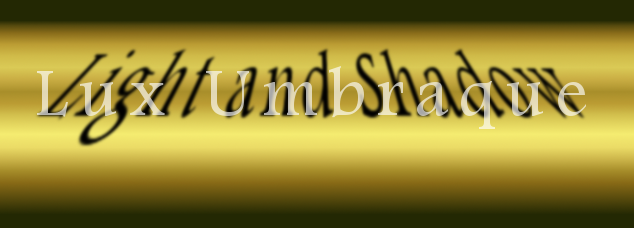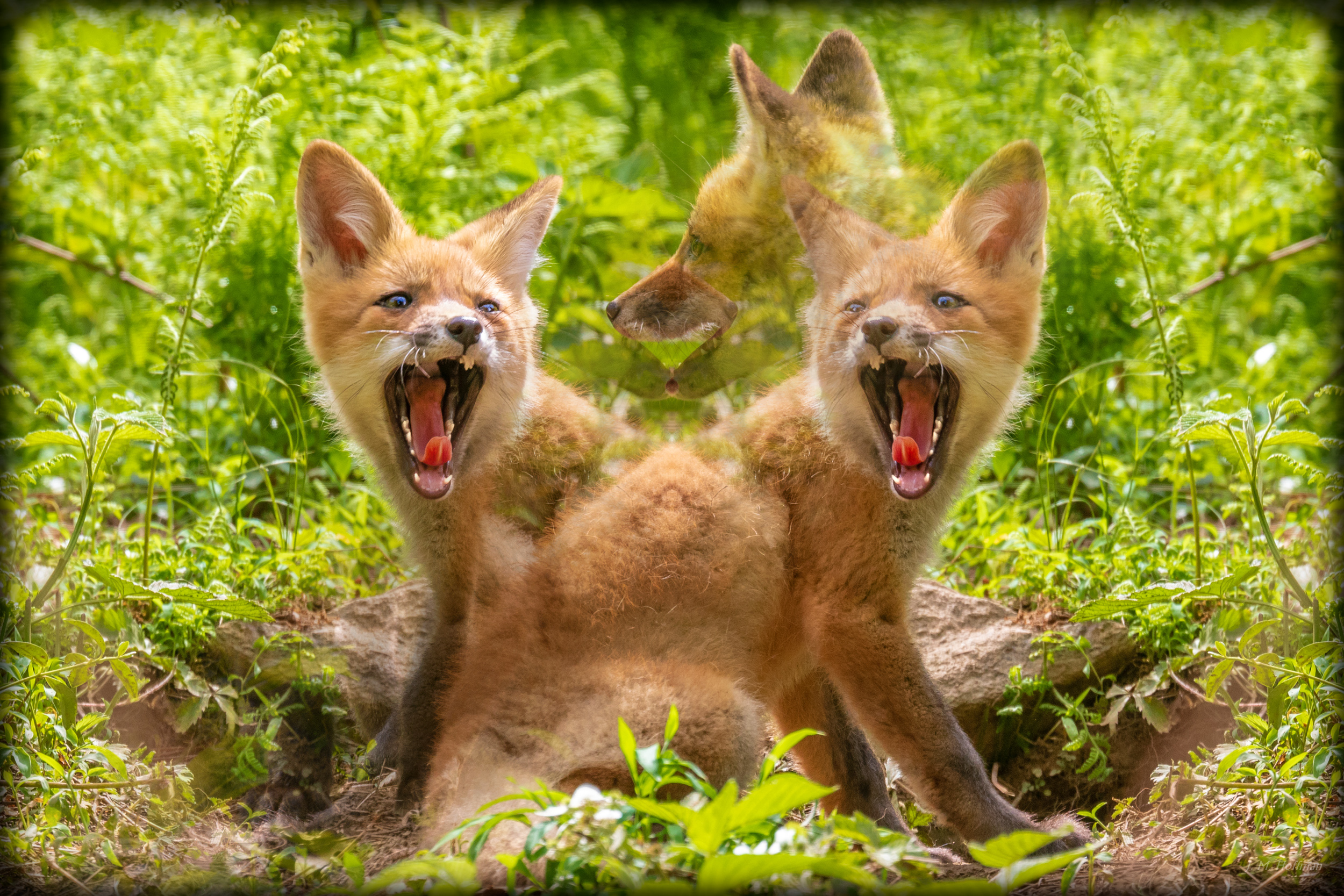Do photographs have a right and wrong direction? It turns out they probably do. Show most people a photo along with its mirror image, and one or the other will seem more appealing.
The first I heard of this was a few years back in a video by photographer James Allen Stewart. (He has a blog here.) But I wasn’t convinced by his examples, so I just filed the information away as possibly helpful and/or correct.
Then recently I was processing a new batch of my adorable backyard fox photos. As part of preparing one shot for an Instagram 2×1 panorama (more on that soon), I reversed an image. And I liked it much more!
Here are the two images:


Which one do you prefer? Why? (Let me know in the comments.) To my surprise, the two photos seem very different to me, even though to my thinking they ought to be the same.
This directionality is in fact a reasonably well documented phenomenon, going back at least to the 1940s, when Paul Oppé published at article1 called “Right and Left in Raphael’s Cartoons” in which he claims that Raphael’s cartoons took on a different meaning when they were mirror-image reversed. (They ended up reversed when the drawings were turned into tapestries.) In 1950, Mercedes Gaffron published a similar article2 in Art Quarterly called “”Left and Right in Pictures,” again suggesting that reversing an image changes its meaning and aesthetic. More recently, Marco Bertamini, Carole Bode, and Nicola Bruno demonstrate3 that people appreciate a film differently when it is left-right reversed.
Two theories have been proposed to explain the surprising way that reversal affects an image. One possibility is that we “read” images, and that we do so in the same direction that we are trained to read language: left-to-right for most Western languages and right-to-left for Hebrew and Arabic and some others. The other possibility is that the two halves of our brain process visual information differently, and the image layout determines in part which half of our brain does the bulk of the processing.
In support of the first theory, Meghan Flath, Austen Smith, and Lorin Elias published a paper4 just a few months ago in Culture and Brain comparing videos of runway models who walked either left-to-right or right-to-left. Except for the direction, the videos were identical. Nonetheless, people who read left-to-right strongly preferred the videos in which the models walked left-to-right. People who read right-to-left did not express a preference.
In support of the second theory, Andrew Mead and John McLaughlin, for example, describe5 in Brain and Cognition how right-handed people express different visual preferences than left-handed people.
Is directionality a real part of composition? Despite my skepticism, maybe.
So next time you’re editing an image, see what happens if you left-right reverse it. You might be surprised.




